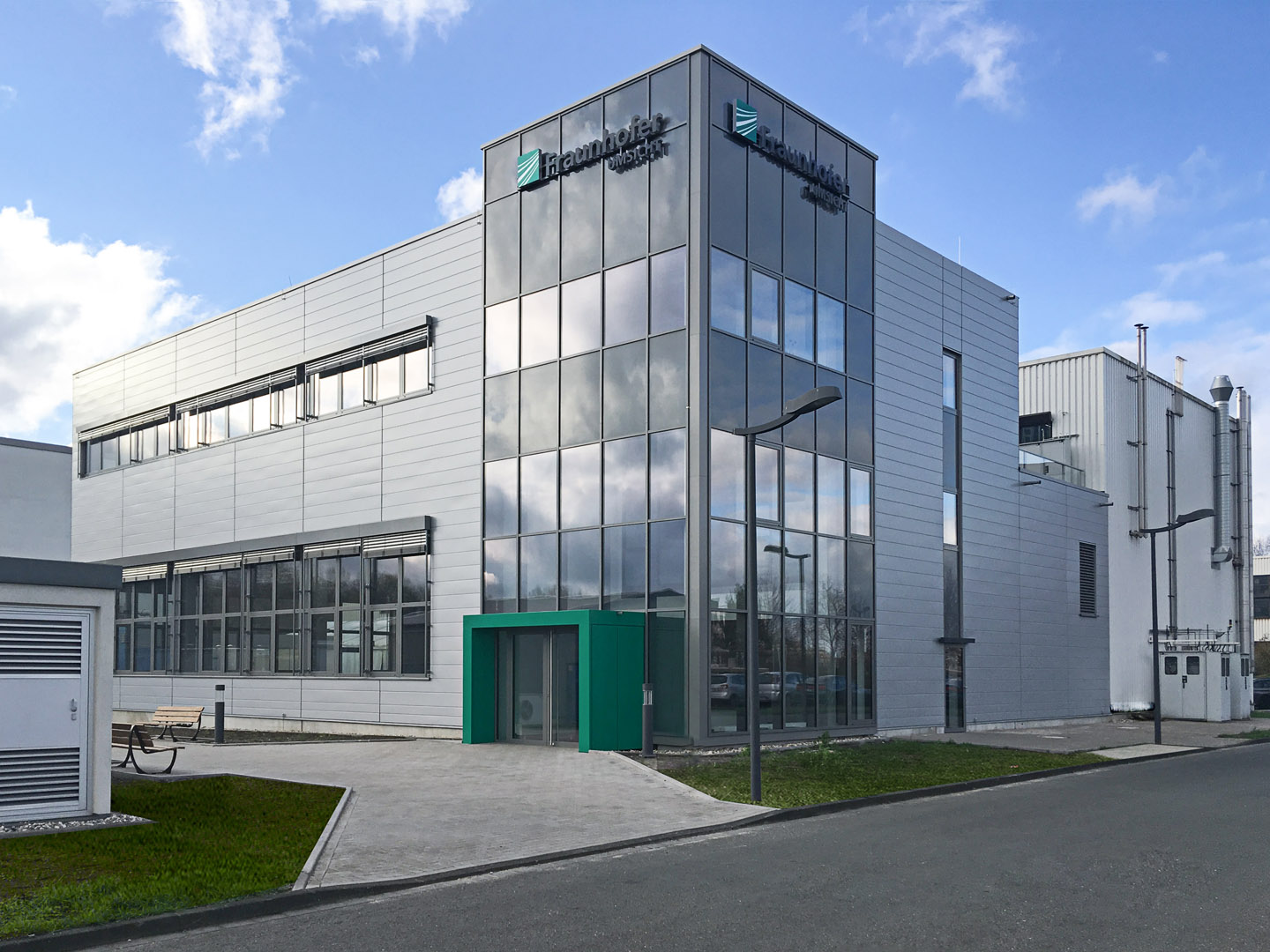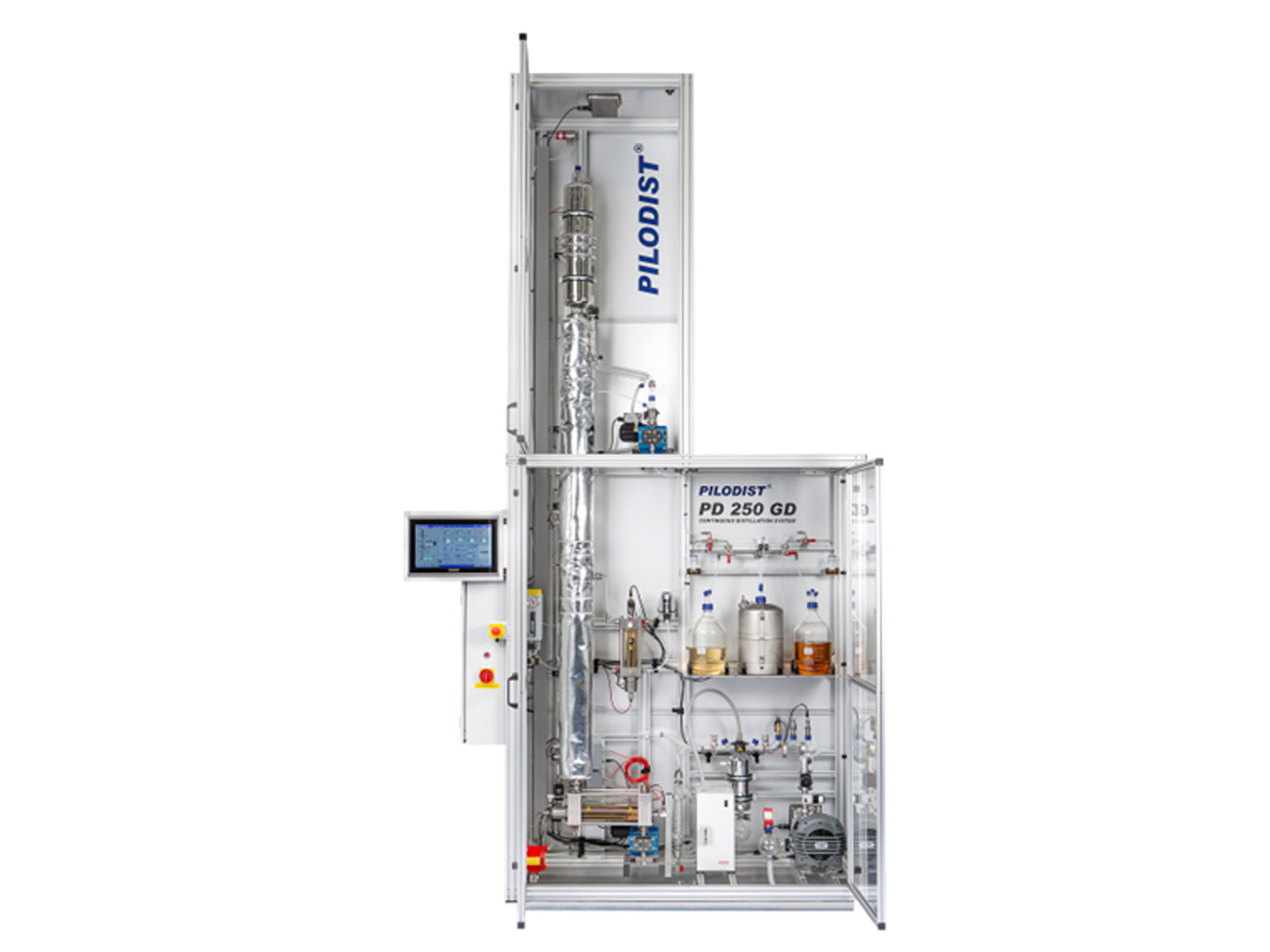Purifying gases as well as catalytically producing methanol and higher alcohols
***Please note: Carbon2Chem® is entering its third phase. This page will be updated accordingly. It currently contains information from the second project phase.***
The Carbon2Chem® laboratory on the campus of Fraunhofer UMSICHT in Oberhausen measures 500 m2. Research and validations are conducted here concerning the catalytic production of methanol and higher alcohols from steel mill gases as well as gas purification.
In specific terms, components and processes are scaled up and optimum operating points, control strategies, and modes of operating are determined. To conduct preliminary experimental investigations, laboratory space, which can be used to test the technologies from all of the Carbon2Chem® subprojects, is also available.
The work focuses on the behavior of various catalysts when using steel mill gases and a dynamic operation of the processes. The results serve as the basis for work in the technical center.
Gas purification | Methanol production | Methanol downstream | Catalyst testing | Analytics
 Fraunhofer Institute for Environmental, Safety and Energy Technology UMSICHT
Fraunhofer Institute for Environmental, Safety and Energy Technology UMSICHT
